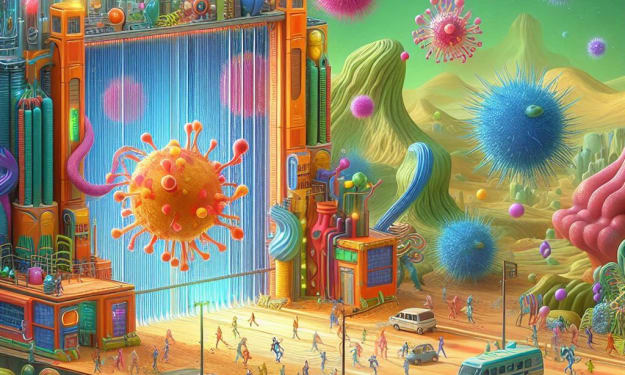Classification of Stars: Spectral Analysis and the H-R Diagram
The Life and Death of Stars: White Dwarfs, Supernovae, Neutron Stars, and Black Holes
As the universe has aged, we can now observe a panorama of stars swirling within galaxies, which have in turn gathered into clusters and superclusters. To understand this, we need to learn about the characteristics of stars and how they are categorized.
When stars were first observed through telescopes, they were divided into color classes: white, yellow, red, and deep red. This system was later refined, with each color broken up into letter designations, from A to D for white, E to L for yellow, and M and N for red. Eventually, it made more sense to categorize stars by surface temperature, but the letter system was retained since the classification work had already been done.
The current Harvard classification system ranges from the hottest O-type stars at around 25,000 Kelvin to the coolest M-type stars at around 3,500 Kelvin. This sequence, while not entirely intuitive, can be remembered using the mnemonic "Oh, be a fine girl, kiss me!" This temperature-based classification is derived from Wien's law of blackbody radiation and other data, such as emission spectra.
Hotter stars have more of their hydrogen and helium atoms stripped of electrons, forming a plasma. The hottest O-type stars show very little hydrogen, as most of it is ionized. Cooler stars like A-types can retain hydrogen electrons, allowing for the observation of hydrogen absorption and emission lines. As stars cool further, metal absorption lines become visible.
This temperature-based classification also correlates with color and size. Hotter stars appear blue, while cooler stars appear red. Larger, hotter stars burn brighter due to the increased fuel consumption. All of this data can be represented on a Hertzsprung-Russell (H-R) diagram, with temperature decreasing to the right and luminosity increasing upwards.
The majority of stars fall on the main sequence, including our Sun, which is part of the yellow region. Other types of stars, such as red giants and white dwarfs, deviate from this trend. The H-R diagram allows us to infer other properties, such as the mass-luminosity relationship, which explains why the bluest, most massive stars are the brightest.
Stars can be further categorized by their luminosity, using Roman numerals from I (brightest) to V (dimmest). While most stars fall into the main sequence categories, they are not static and can transition between different classes over time. Understanding this stellar evolution is the next step in our exploration of the stars.
We've already covered the early history of the universe and the formation of stars and galaxies. Now, we need to understand where the other elements on the periodic table come from, as well as the origins of planets and moons.
The key to understanding all of this lies in learning about the inner workings of stars. Stars have a life cycle that spans millions or even billions of years, which is why they appear static to us over a human lifetime. The path a star follows depends mainly on its mass, as this determines the amount of fuel available to power it.
Low-mass stars, those with between 0.1 and 1 solar mass, begin as clouds of hydrogen and helium gas. Gravity causes this material to collapse, eventually triggering nuclear fusion in the core and forming a stable, main sequence star. Over billions of years, these stars fuse hydrogen into helium, expanding into red giants as the fuel is depleted. Eventually, the core contracts, leading to a "helium flash" where helium is fused into heavier elements. This cycle continues until the star ejects its outer layers, leaving behind a dense white dwarf.
High-mass stars, those more massive than the Sun, have a very different fate. These stars burn through their fuel much faster, reaching the red giant stage in just a hundred million years or less. As the core continues to contract, it becomes hot enough to fuse increasingly heavier elements, all the way up to iron. Once iron is reached, the core can no longer generate energy through fusion, and the star undergoes a catastrophic collapse, triggering a supernova explosion.
Supernovae are incredibly energetic events that forge elements heavier than iron, which are then dispersed into space. If the core is between 1.4 and 3 solar masses, it will collapse into an incredibly dense neutron star. If the core is above 3 solar masses, the gravity is too strong even for neutrons, and it will collapse into a black hole - a region of space with such intense gravity that not even light can escape.
Black holes are among the most fascinating objects in the universe, and we'll explore them in more detail in the next chapter. For now, we've learned how the life cycle of stars, from birth to death, is the key to understanding the origins of the elements and the formation of exotic objects like neutron stars and black holes.
About the Creator
Enjoyed the story? Support the Creator.
Subscribe for free to receive all their stories in your feed. You could also pledge your support or give them a one-off tip, letting them know you appreciate their work.






Comments
There are no comments for this story
Be the first to respond and start the conversation.